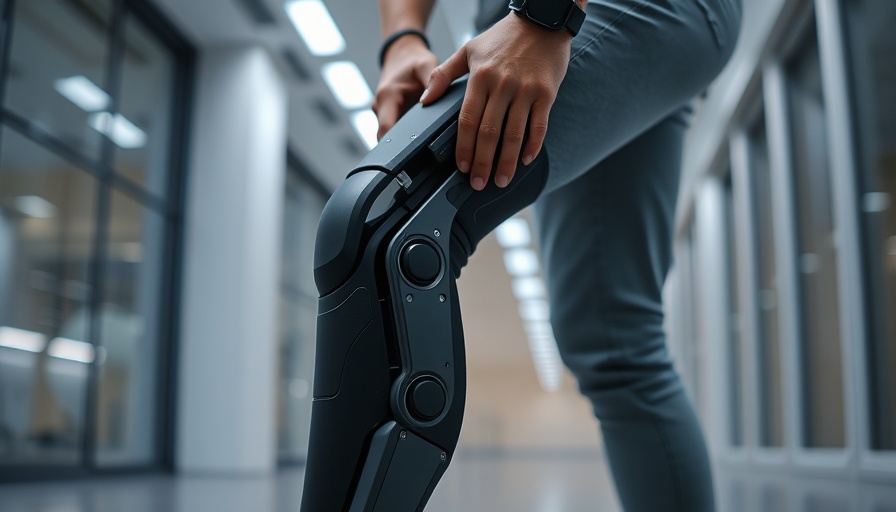
From Dreams to Reality: The Evolution of Robotic Prosthetics
Imagine a world where technology not only aids recovery but also enhances mobility beyond what was previously imaginable. In recent years, the development of robotic legs has transitioned from a science fiction dream to a tangible reality, revolutionizing the lives of countless individuals. Robotic prosthetics, initially seen as experimental, are rapidly becoming mainstream tools that allow users to reclaim independence and participate in everyday activities.
In My New ROBOTIC Legs, the narrative delves into groundbreaking technological advancements, showcasing the transformative impact of robotic prosthetics on personal mobility.
Empowering Individuals: The Social Significance of Robotic Legs
The introduction of robotic legs is more than just a technological achievement; it’s a societal breakthrough. For many individuals who have faced mobility challenges due to accidents, illness, or congenital conditions, these devices open doors. They enable activities that were once considered impossible—hiking in the mountains, running marathons, or even simply walking through a park. The psychological boost that comes from regaining physical autonomy cannot be overstated; it allows individuals to engage fully in their communities and relationships.
The Future of Mobility: What Lies Ahead for Robotic Technology?
The future of robotic leg technology shows promising advancements. With continued investment in research and development, we can expect smarter prosthetics that respond intuitively to their users. Companies are exploring options such as AI integration, which could lead to customizable devices that adapt in real time to different terrains and actions. Additionally, breakthroughs in battery life and materials, such as lightweight composites, enhance the wearer's comfort and experience.
Bringing it Home: How This Technology Impacts Daily Life
Integrating robotic legs into a person’s daily life comes with both challenges and perks. Many users find that while the learning curve can be steep, the long-term benefits far outweigh the drawbacks. For example, individuals experience freedom to engage in athletic activities like jogging, bike riding, or even sports that were deemed impossible. As more users bring their advanced prosthetics into public spaces, the goal is for society to normalize and embrace these life-changing technologies.
Breaking Down Barriers: The Role of Community and Advocacy
There is a growing community surrounding the use of robotic legs, from user support groups to advocacy organizations that work to ensure equitable access to such technologies. These groups aim to break down societal barriers, advocating for policies that support coverage for prosthetics, raising awareness about mobility issues, and fostering a supportive environment for those transitioning into the use of robotic devices. This community aspect acts as a catalyst for change, further inspiring innovation within the field.
Common Misconceptions About Robotic Prosthetics
Despite their growing popularity, robotic legs are often misunderstood. Many assume they are solely for amputees; however, they can also benefit individuals with other mobility issues, such as paralysis or muscle degeneration. Additionally, there's a belief that these devices are overly bulky or cumbersome, when in fact, ongoing advancements have made them sleek and user-friendly. Addressing these misconceptions is vital in encouraging more people to explore how robotic technology can improve their lives.
In My New ROBOTIC Legs, the narrative delves into groundbreaking technological advancements, showcasing the transformative impact of robotic prosthetics on personal mobility. As we analyze the implications of this innovation, we're reminded of how these devices not only change lives but also alter societal perceptions around disability and mobility.
 Add Row
Add Row  Add
Add 




 Add Row
Add Row  Add
Add 
Write A Comment